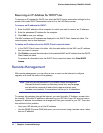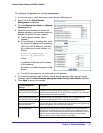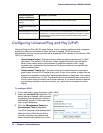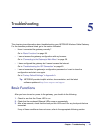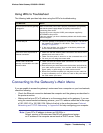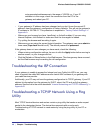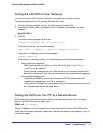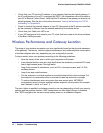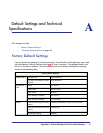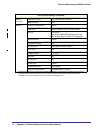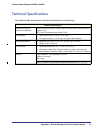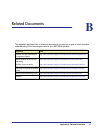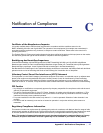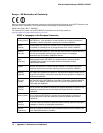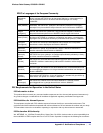
42 | Chapter : Troubleshooting
Wireless Cable Gateway CG3000D-1CXNAS
• Check that your PC has the IP address of your gateway listed as the default gateway. If
the IP configuration of your PC is assigned by DHCP, this information will not be visible in
your PC’s Network Control Panel. Verify that the IP address of the gateway is listed as the
default gateway. See the link to the online document “Internet Networking and TCP/IP
Addressing” in Appendix B.
• Check to see that the network address of your PC (the portion of the IP address specified
by the netmask) is different from the network address of the remote device.
• Check that your Cable Link LED is on.
• If your ISP assigned a host name to your PC, enter that host name as the Account Name
in the Basic Settings screen.
Wireless Performance and Gateway Location
The range of your wireless connection can vary significantly based on the physical placement
of the gateway. The latency, data throughput performance, and notebook power consumption
of wireless adapters also vary depending on your configuration choices.
For best results, place your gateway according to the following guidelines:
• Near the center of the area in which your computers will operate.
• In an elevated location such as a high shelf where the wirelessly connected PCs have
line-of-sight access (even if through walls).
• Away from sources of interference, such as PCs, microwave ovens, and 2.4 GHz
cordless phones.
• Away from large metal surfaces.
• Put the antenna in a vertical position to provide the best side-to-side coverage. Put
the antenna in a horizontal position to provide the best up-and-down coverage.
• To reduce interference when using more than one access point, NETGEAR
recommends using 5 channel spacing between adjacent access points (for example,
use Channels 1 and 6, or 6 and 11).
The time it takes to establish a wireless connection can vary depending on both your security
settings and the gateway location. WEP connections can take slightly longer to establish.
Also, WEP encryption can consume more battery power on a notebook computer.



